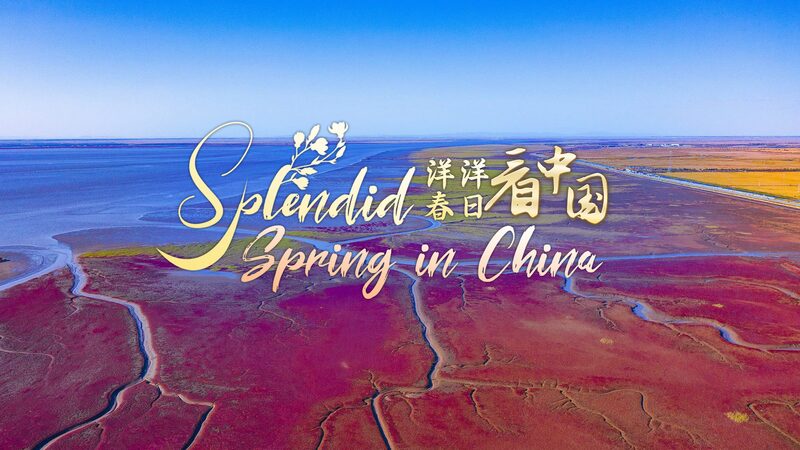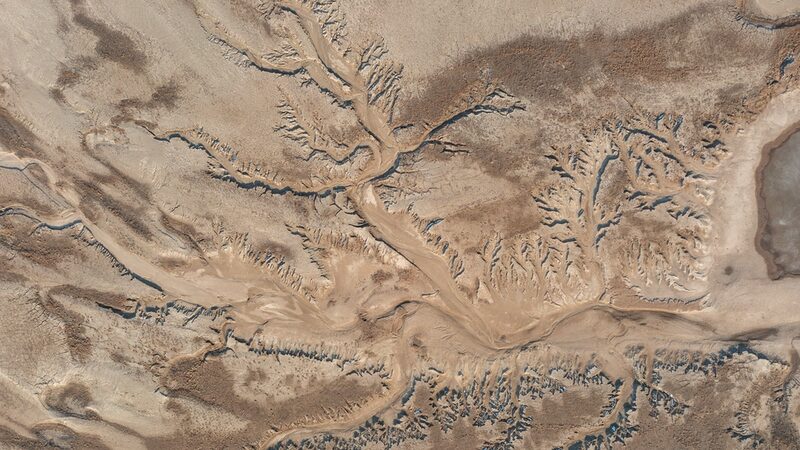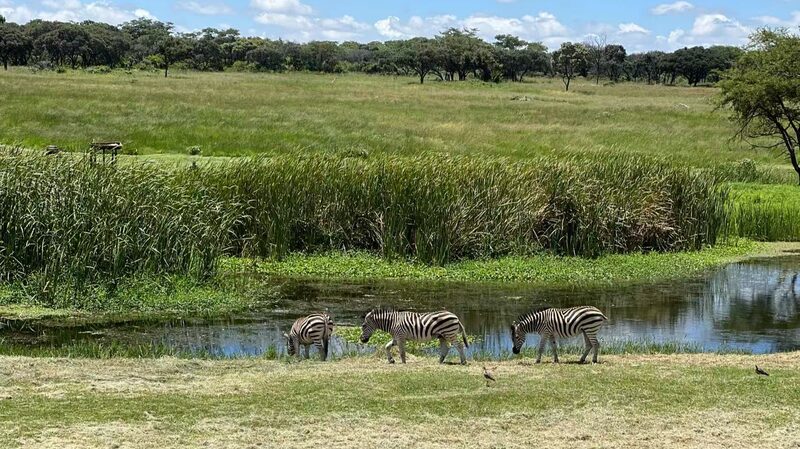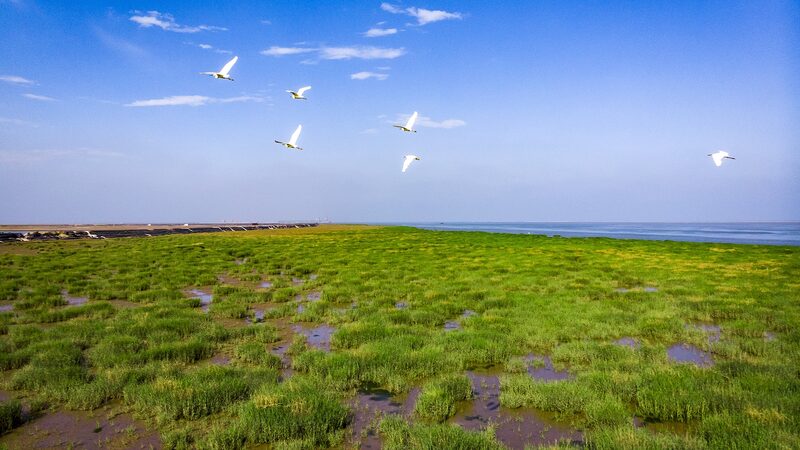In northeast China’s Liaoning Province, where the Liaohe River meets the Bohai Sea, lies a captivating natural wonder known as the Red Beach. Unlike traditional sandy shores, this beach’s vibrant crimson hue isn’t from red sand or soil but from a unique intertidal plant called seepweed that thrives in the expansive wetlands.
Seepweed begins its life cycle in February and March, emerging as modest green sprouts. As the seasons change, it bursts into a beautiful display of yellow flowers in mid-August. With the arrival of autumn, the plant undergoes a remarkable transformation. The constant immersion of the tides and the estuary’s high salt and alkali content break down chlorophyll in the seepweed, revealing the red anthocyanin pigments within. By August, the seepweed reaches its peak redness, painting the landscape in a breathtaking sea of crimson.
This phenomenon of green seepweed turning red is unique to the Liaohe River estuary. In other parts of China where seepweed grows, it retains its green color due to different environmental conditions.
Beyond its stunning visual appeal, the Red Beach serves as a vital habitat for wildlife. It is the world’s largest habitat and breeding ground for the endangered Saunders’s gull and a haven for the precious red-crowned crane. The wetlands provide an essential stopover for migratory birds, making it a paradise for ornithologists and nature enthusiasts alike.
The cyclical life of the seepweed also plays a crucial role in the local ecosystem. After producing purple-red oval fruits in autumn, the seeds fall onto the saline-alkali soil, germinating the following spring and renewing the vibrant landscape. This continuous renewal symbolizes the enduring balance between the land and sea, supporting diverse forms of life.
Reference(s):
Stunning red beach in northeast China's Liaoning a paradise for birds
cgtn.com








